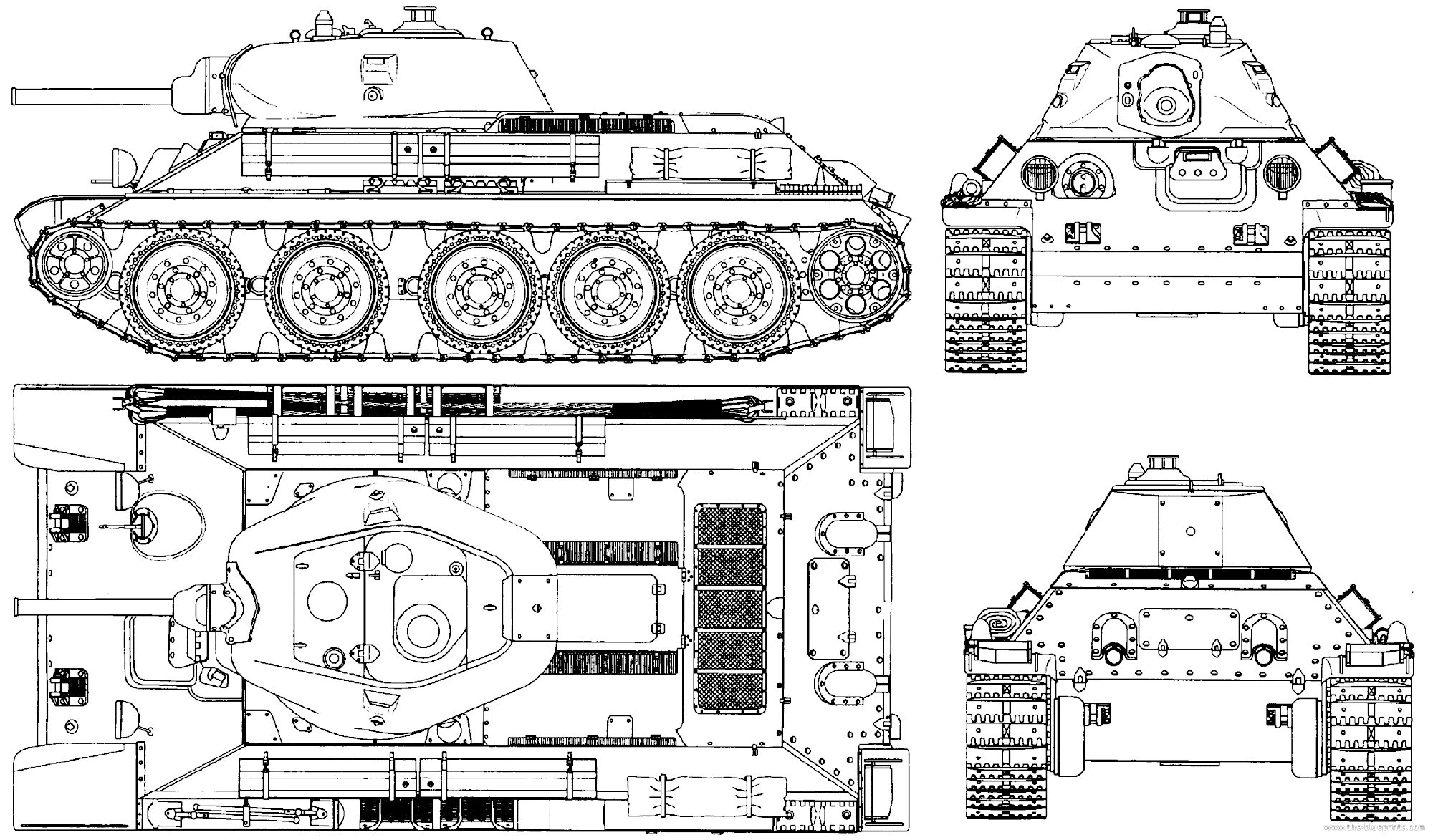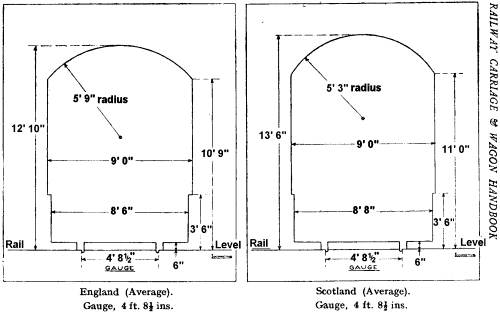marathag
Banned
Thats a better hole puncher than the US 75mm - although the US 75mm was a more useful gun overall which is why the British adapted their Cromwells and later Churchills with the Ordnance QF 75mm as they found better HE was preferred to better AP - which is perhaps your point?
On the subject of the T34/76 it was not that good of a tank - the later /85 addressed many of the issues but the Panzer III while 'on paper' appears to be inferior was actually a better tank than the T34/76 - and coupled with then better crews the panzers had resulted in the German tank dominating the Russian one.
Back to the OP - how long would it take to stand up production of the T34? 2 years? By that time the British have the Cromwell, later Churchill and access to US production of the excellent Sherman as well as the M10 and subsequent TDs - all in fairly large numbers
Biggest problem with UK construction is the loading gauge


You may be able to knock 5" off each side with narrower tracks and roadwheels, plus eliminating the Fenders. That makes the ground pressure worse, but around what the existing skinny track cruisers ran at, so not much lost.
For engine, will take too long to work up building the V-2 engine, so are looking at doing the Meteor sooner or some other converted inline Aero engine.
The six speed Wilson gearbox from the Matilda could be used, though would need a very different final drive ratio to get the speed up to what the suspension is capable of handling.
The real problem of the early T-34, besides the reliability, was lack of radios, and even when equipped, sets that can both transmit and receive short range for inter platoon coms, and longer range for talking back to HQ.
Per British practice, the Turret will need to be larger to fit the radio gear, and maybe squeeze in the 5th man. easy way is to make the turret walls closer to vertical.
Now let's talk hatches and vision devices.
Neither the Soviets or British were good about this, but that was just atrociously bad on the T-34. When buttoned up, almost no outside visibility.
UK Tankers would find this out very quickly.


